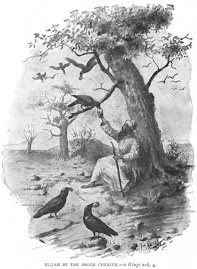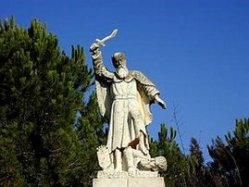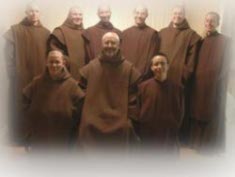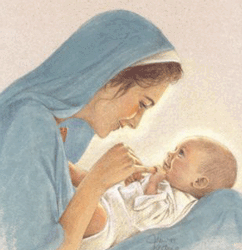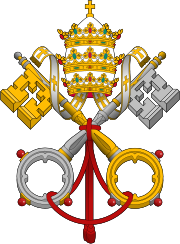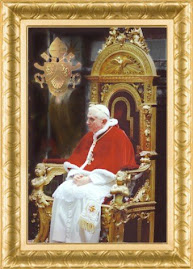"The Solemnity of the Body and Blood of Christ is [traditionally] observed on the Thursday following on the solemnity of the Most Blessed Trinity. This feast is both a doctrinal and cultic response to heretical teaching on the mystery of the real presence of Christ in the Eucharist, and the apogee of an ardent devotional movement concentrated on the Sacrament of the Altar. It was extended to the entire Latin Church by Urban IV in 1264.
Popular piety encouraged the process that led to the institution of the feast of Corpus Christi, which reciprocally inspired the development of new forms of Eucharistic piety among the people of God.
For centuries, the celebration of Corpus Christi remained the principal point of popular piety's concentration on the Eucharist. In the sixteenth and seventeenth centuries, faith, in reaction to various forms of protestantism, and culture (art, folklore and literature) coalesced in developing lively and significant expressions Eucharistic devotion in popular piety."
- From the Vatican's Directory of Popular Piety.
There are two remarkable masterpieces painted to commemorate this great devotion. First, the 'Disputation of the Blessed Sacrament' (or more appropriately, The Triumph of Religion), was painted by Raphael between 1508 and 1511.
Popular piety encouraged the process that led to the institution of the feast of Corpus Christi, which reciprocally inspired the development of new forms of Eucharistic piety among the people of God.
For centuries, the celebration of Corpus Christi remained the principal point of popular piety's concentration on the Eucharist. In the sixteenth and seventeenth centuries, faith, in reaction to various forms of protestantism, and culture (art, folklore and literature) coalesced in developing lively and significant expressions Eucharistic devotion in popular piety."
- From the Vatican's Directory of Popular Piety.
There are two remarkable masterpieces painted to commemorate this great devotion. First, the 'Disputation of the Blessed Sacrament' (or more appropriately, The Triumph of Religion), was painted by Raphael between 1508 and 1511.

The fresco is located in the Stanza della Segnatura, the library of the Julius II in the Vatican’s Apostolic Palace. Raphael has created a scene spanning both heaven and earth. Above, Christ is surrounded by the Blessed Virgin Mary, John the Baptist and various biblical figures such as Adam, Moses and Jacob. God the Father sits above Jesus, depicted reigning over the golden light of heaven. Below, on the altar sits the monstrance. The altar is flanked by theologians who are depicted debating Transubstantiation. Christ's body is represented in the Eucharist, which is discussed by representatives of the Church; among them are Pope Julius II, Pope Sixtus IV, Savonarola and Dante Alighieri. Pope Sixtus IV is the gold dressed pope in the bottom of the painting. Directly behind Sixtus is Dante, wearing red and sporting a laurel wreath (symbolizing his greatness as a writer). In the left hand corner, there is a bald figure reading a book leaning over a railing. This is Raphael's mentor and famous renaissance architect Bramante. Raphael, like Michelangelo, creates lights and shadows within the tones of a single color, and combines color in a dramatic manner. His mastery of the brush is now evident in the idealized portraits that represent key figures from the Old and New Testaments, saints, Doctors of the Church, theologians and literary personages.
Another masterpiece is painted by Jean Colombe and has illustrated the service with two superimposed scenes. The large one represents the interior of a Gothic church, with lavishly decorated pillars, in which two groups of figures pay tribute to the veritable presence of Christ in the Eucharist.
Another masterpiece is painted by Jean Colombe and has illustrated the service with two superimposed scenes. The large one represents the interior of a Gothic church, with lavishly decorated pillars, in which two groups of figures pay tribute to the veritable presence of Christ in the Eucharist.

On the right, representing the Old Testament, are three men with oriental headdresses, probably Melchizedek (who offered bread and wine to Abraham), Moses (who received manna), and Elijah (who was fed by an angel). On the left, representing the New Testament, are several bareheaded men, probably the four Evangelists. All raise their heads to worship and appear to proclaim the grandeur of this sacrament, repeating the words of Thomas Aquinas in the Pange lingua, a hymn composed for the feast of the Holy Sacrament: "Tantum ergo sacramentum veneremur cernui. " "Let us kneel in veneration before such a great sacrament." In the choir at the back of the church, behind a jubé of fine openwork, two priests seem to join in the tribute.
The scene below depicts a story of Saint Anthony of Padua and the mule. The story tells of a heretic of Toulouse who obstinately refused to believe in Christ's presence unless a mule knelt before the Sacrament. After a few moments of prayer, Saint Anthony presented a mule with the Eucharist in one hand and some oats in the other. To the amazement of the onlookers, the animal refused the grain and knelt before the Eucharist. Convinced by this experience, the heretic believed henceforth.
The scene below depicts a story of Saint Anthony of Padua and the mule. The story tells of a heretic of Toulouse who obstinately refused to believe in Christ's presence unless a mule knelt before the Sacrament. After a few moments of prayer, Saint Anthony presented a mule with the Eucharist in one hand and some oats in the other. To the amazement of the onlookers, the animal refused the grain and knelt before the Eucharist. Convinced by this experience, the heretic believed henceforth.




